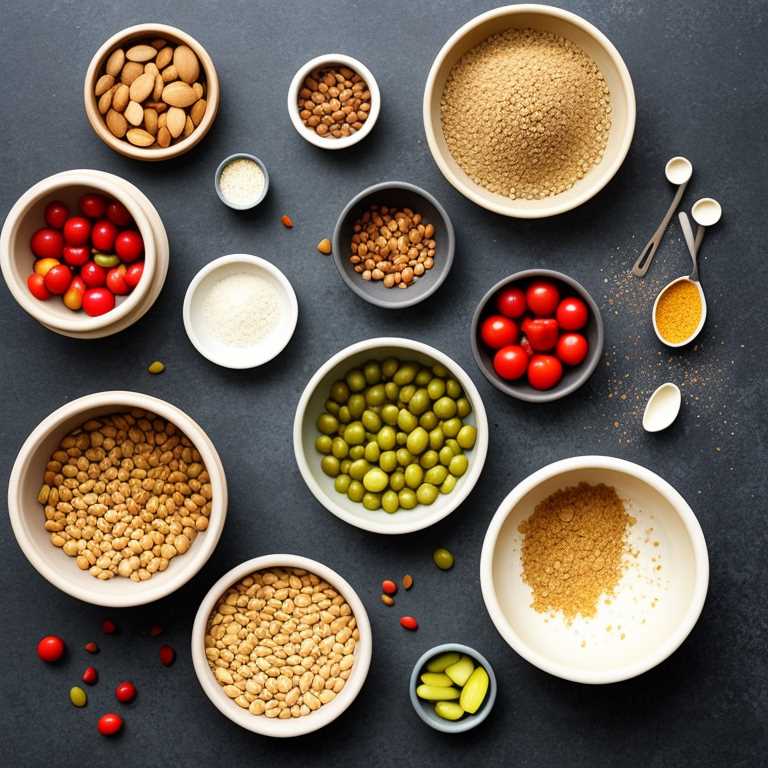
Pottery has been used for thousands of years to store, cook, and serve food. However, not all pottery is safe for food use. Some pottery can contain harmful chemicals or toxins that can leach into food and cause illness. To ensure that the pottery you use to cook and serve food is safe, it is essential to make your own food safe pottery at home. In this article, we will discuss how to make food safe pottery at home.
Step 1: Choose the Right Clay
The first step in making food safe pottery is to choose the right clay. Not all clay is safe for food use. Some clays contain harmful chemicals or toxins that can leach into food. The best clay for food safe pottery is stoneware or porcelain clay.
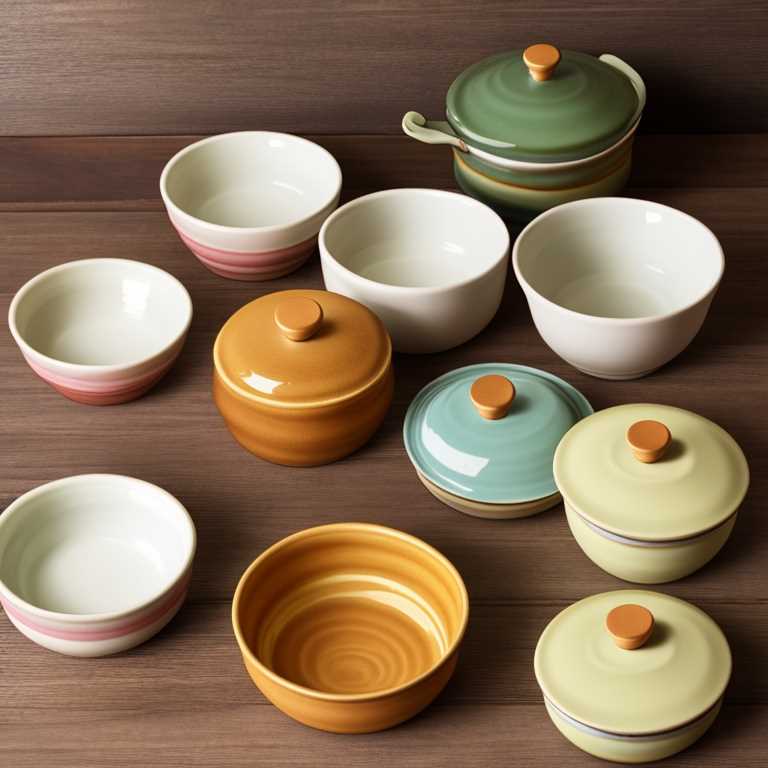
Stoneware clay is a type of clay that is fired at high temperatures, which makes it strong and durable. It is also non-porous, which means that it does not absorb liquids or odors. Porcelain clay is a type of clay that is fired at even higher temperatures than stoneware clay. It is also non-porous and very durable.
When choosing clay, make sure that it is labeled as food safe. This means that it has been tested and certified to be safe for food use.
Step 2: Prepare the Clay
Once you have chosen the right clay, it is time to prepare it for use. The first step is to knead the clay to remove any air bubbles. Air bubbles can cause the clay to crack or break during firing. Kneading also makes the clay more pliable and easier to work with.
Next, shape the clay into the desired form. You can use a pottery wheel or hand shape the clay. If you are using a pottery wheel, make sure to center the clay on the wheel before shaping it.
Step 3: Dry the Pottery
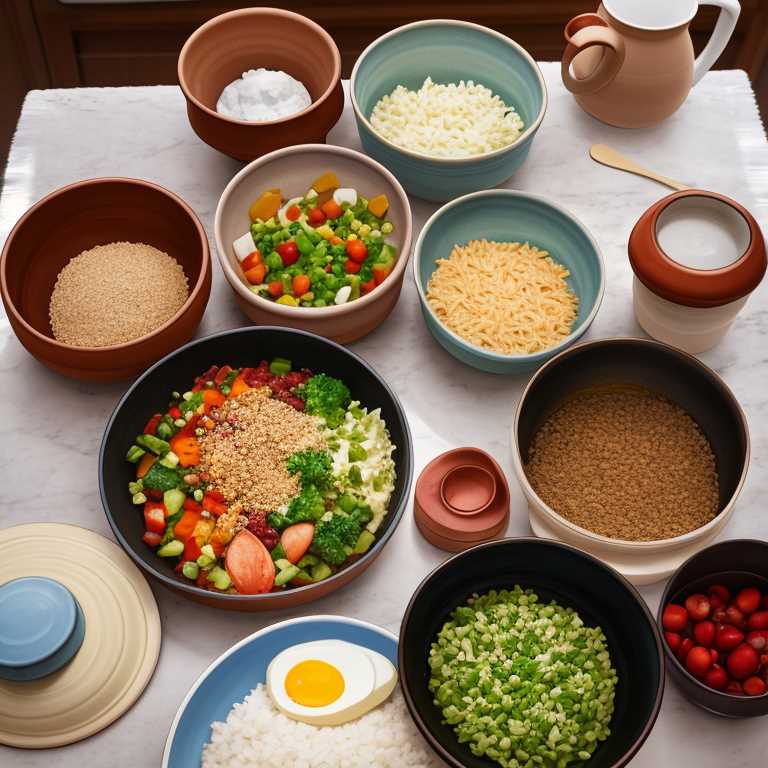
After shaping the clay, it is time to let it dry. Drying the pottery slowly is essential to prevent cracking or warping. Place the pottery in a cool, dry place and let it air dry for several days. You can also use a fan to speed up the drying process.
Once the pottery is dry, it is time to fire it in a kiln. Firing the pottery at high temperatures makes it strong and durable. It also makes it non-porous, which means that it does not absorb liquids or odors.
Step 4: Glaze the Pottery
Glazing the pottery is optional but recommended. Glaze is a coating that is applied to the pottery before firing. It gives the pottery a smooth, glossy finish and makes it easier to clean. Glaze also seals the pottery, making it more resistant to liquids and odors.
When choosing a glaze, make sure that it is labeled as food safe. Some glazes can contain harmful chemicals or toxins that can leach into food. Apply the glaze to the pottery using a brush or spray gun.
Step 5: Fire the Pottery Again
After glazing the pottery, it is time to fire it again. Firing the pottery at high temperatures makes the glaze melt and fuse with the pottery. This creates a smooth, glossy finish and makes the pottery more resistant to liquids and odors.
Once the pottery has been fired, let it cool down slowly. This prevents it from cracking or breaking due to rapid temperature changes.
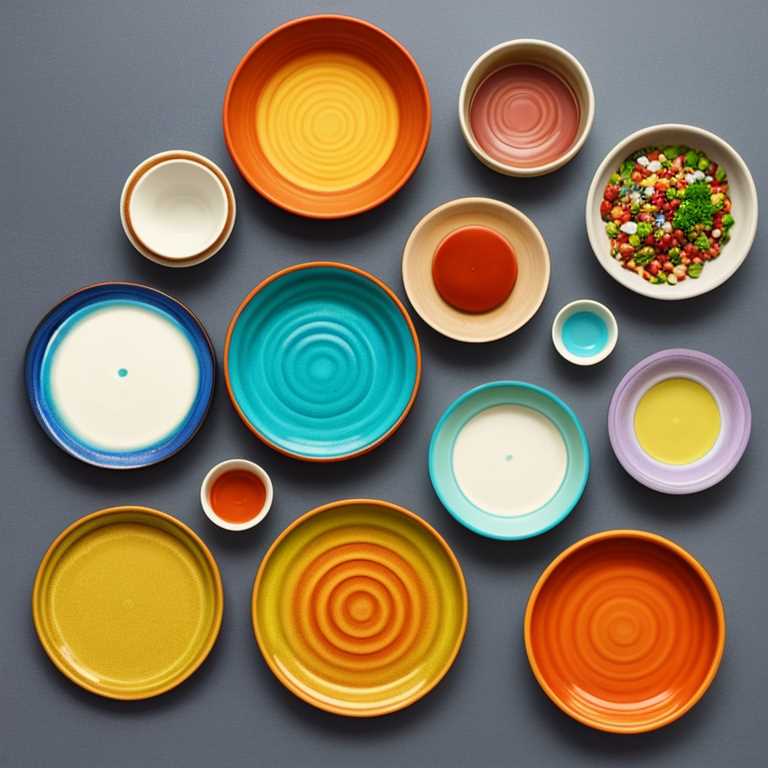
Step 6: Test the Pottery
Before using the pottery to cook or serve food, it is essential to test it for safety. Fill the pottery with water and let it sit for several hours. If the water tastes or smells funny, it could be a sign that the pottery is not safe for food use.
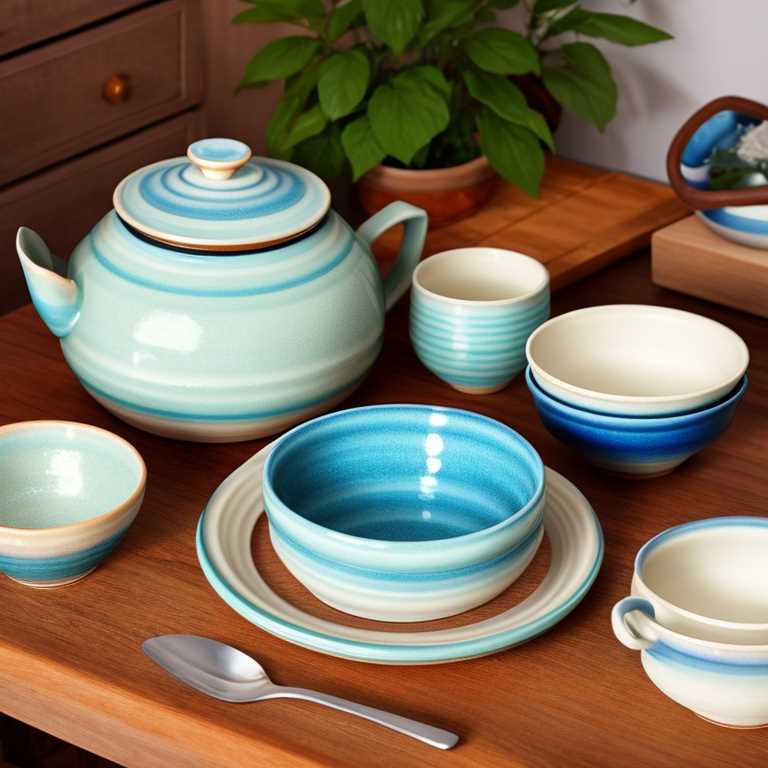
You can also test the pottery by heating it in the oven. Place the pottery in a cold oven and turn the heat up gradually. If the pottery cracks or breaks, it is not safe for food use.
Making food safe pottery at home is a great way to ensure that the pottery you use to cook and serve food is safe. By following these six steps, you can create beautiful, durable pottery that is safe for food use. Remember to choose the right clay, prepare it properly, dry it slowly, fire it at high temperatures, glaze it if desired, and test it for safety before using it to cook or serve food. With a little practice, you can become a master potter and create pottery that is both beautiful and functional.